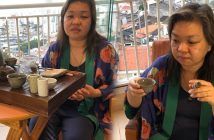The Brazilian people is formed by a crucible of ethnic groups, which gives us a daily contact with different types of food and drinks.
When it comes to teas, we associate their types with the cultures that introduced the drink in our country: a black tea could transport one to an afternoon tea with sweets and snacks brought by the Portuguese, or a green tea carries with it the reference of the Japanese rituals and meals.
Can you imagine that the teas that we are used to seeing around – white, black or green – are produced from the same plant? All the books on the subject will tell you that the tea only receives this name if it comes from a plant named Camellia Sinensis.
Although all types come from the same plant, many variables come into play in the influence of flavor and aroma: climate, geography, type of soil and its elevations, harvest season, part of the plant used, percentage of desired oxidation, final product format (whole leaves, cut, rolled, ground…) etc.
The combination of these elements is that they produce the varieties that we know: white, green, yellow, oolong, black and pu’er. To better understand this segmentation, you need to understand the types of production, as detailed below.
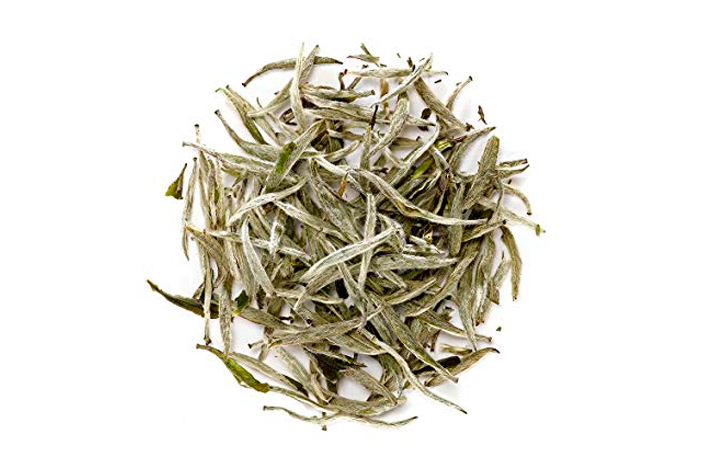
White tea
White tea
White tea is harvested at a time when the buds and leaves are very young. That is, they have not yet opened completely and are covered with a white fluff that protects plants from the sun. Hence its name. Its production has few phases: harvesting (can be done in the spring, summer and autumn), reduction of leaf moisture (withering) and drying through heat.
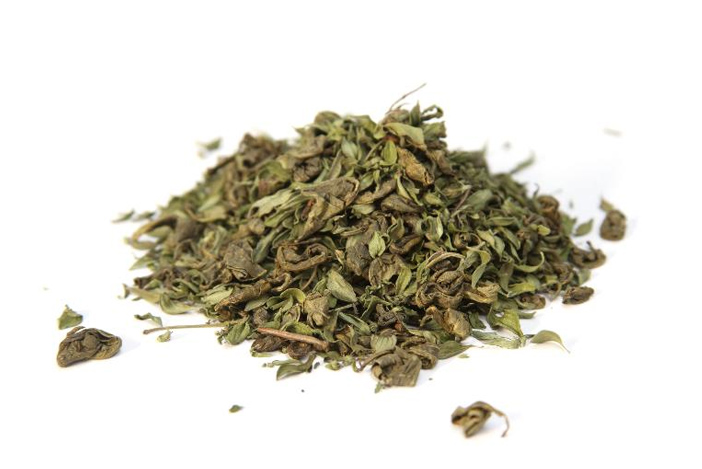
Green tea
Green tea
The processing of green tea leaves does not involve oxidation. Depending on the style of production, harvesting can be made from one bud and one, two or three leaves. To maintain freshness, once harvested, the leaves go straight to a treatment called fixation. Here, heat is applied at high temperature, preventing oxidation from occurring. Its nomenclature originates from the bright green leaves harvested and that, in most cases, maintains its intensity and color even after processed.
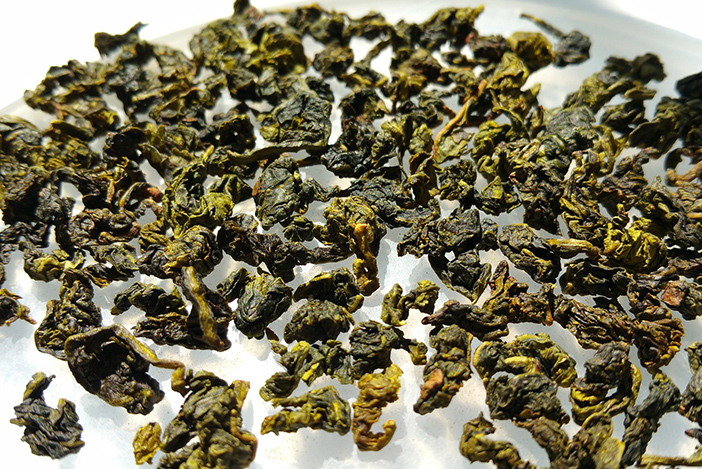
Oolong tea
Oolong tea
For producing various oolongs, the following steps are followed: after harvest, the leaves lose water (wither), are rolled or molded and left to oxidize according to the percentage desired by producers (tea masters). This stage of the process brings an enormous variety to the tea, since the levels of oxidation go from 20% to 80%. The leaves are dried by heat and sorted. One tip to identify these teas is their final shape: they are usually rolled into small irregular beads.
Oolong, in Mandarin, means “black dragon.” In France, it is called blue tea. In older literatures, the word Bohea was also found to mention oolong, as it was a bastardization of Mount Wu Yi, a region producing this type of tea.
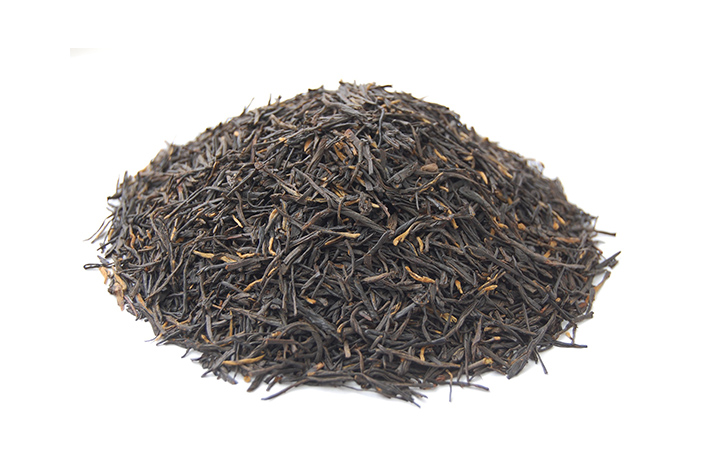
Black tea
Black tea
Totally oxidized, it is a type of tea consumed in several countries thanks to its versatility. In addition to being purely consumed, it is also often used in blends. Known for containing caffeine, its production involves steps similar to the oolong tea.
Although we call it black tea, the Chinese know it as red tea because of the color of its liqueur. Also referred to as Congou or Conga by tea traders, the term derives from the word gongfu or kung fu, an expression of the Chinese language that refers to care and discipline in its production and consumption process.
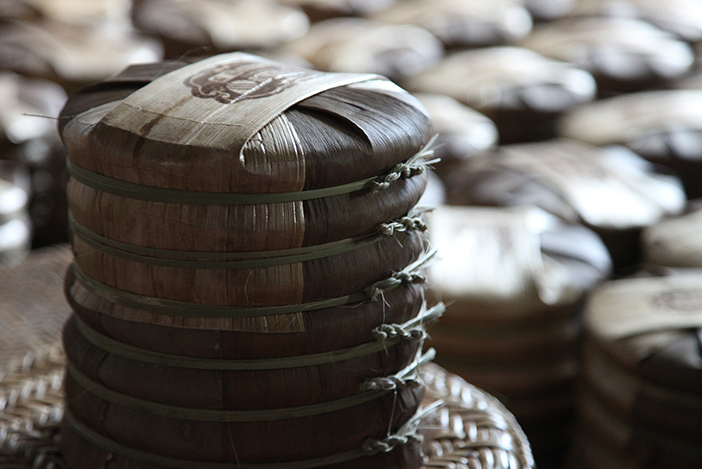
Pu’er tea
Pu’er tea
There are drinks that look better over time. In the case of teas, this is what happens to the so-called pu’er. Its production, although very similar to that of the green tea, involves a stage that others do not have: fermentation. There are two ways of fermenting tea: sheng cha or raw pu’er, where the leaves undergo fermentation more slowly. It takes many years to achieve the desired flavor complexity of a pu’er. On the other hand, the shou tea or “cooked” pu’er undergoes an acceleration of intentional fermentation. One of the numerous peculiarities of the pu’er is its format in disks, large or small biscuits where the leaves of Camellia Sinensis are compressed and must be removed from this cake through a kind of knife.
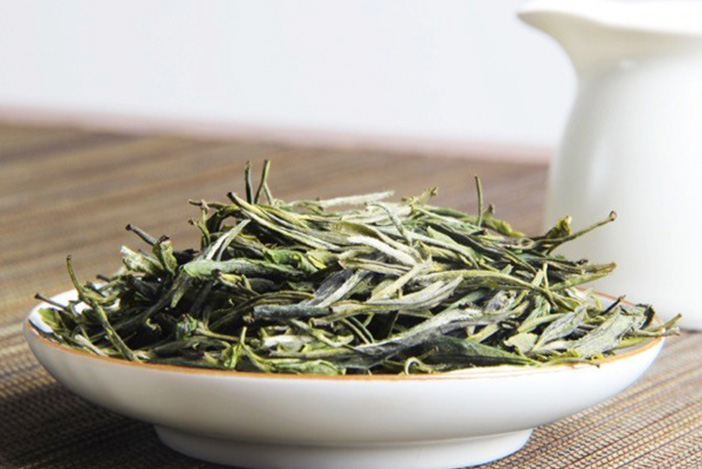
Yellow Tea
Yellow Tea
Ever heard of it? Quite rare and little produced, it is only made by the Chinese. It is similar to the green tea, which needs fresh and young leaves to keep its delicate flavor. It was named because of the coloring that the leaves acquire after stacking and drying.
Okay, but what about the mint tea? What about chamomile? What about the boldo or the mate? Experts in the subject will use the word tisane or infusion to refer to these other drinks, since they do not take any part of Camellia Sinensis.
The mate itself is referred to as yerba mate, that is, a mate herb from outside our country. Although they are also part of our culture (who has never taken “tea” to cure the flu?) and especially of our language, they are not classified as teas and, therefore, are not categorized by colors.
Now that you know the difference between the types of tea, what is your favorite one? Tell us what your preferred one is and how you like to consume it. The author of the best story will get a beautiful Special Grain t-shirt.


